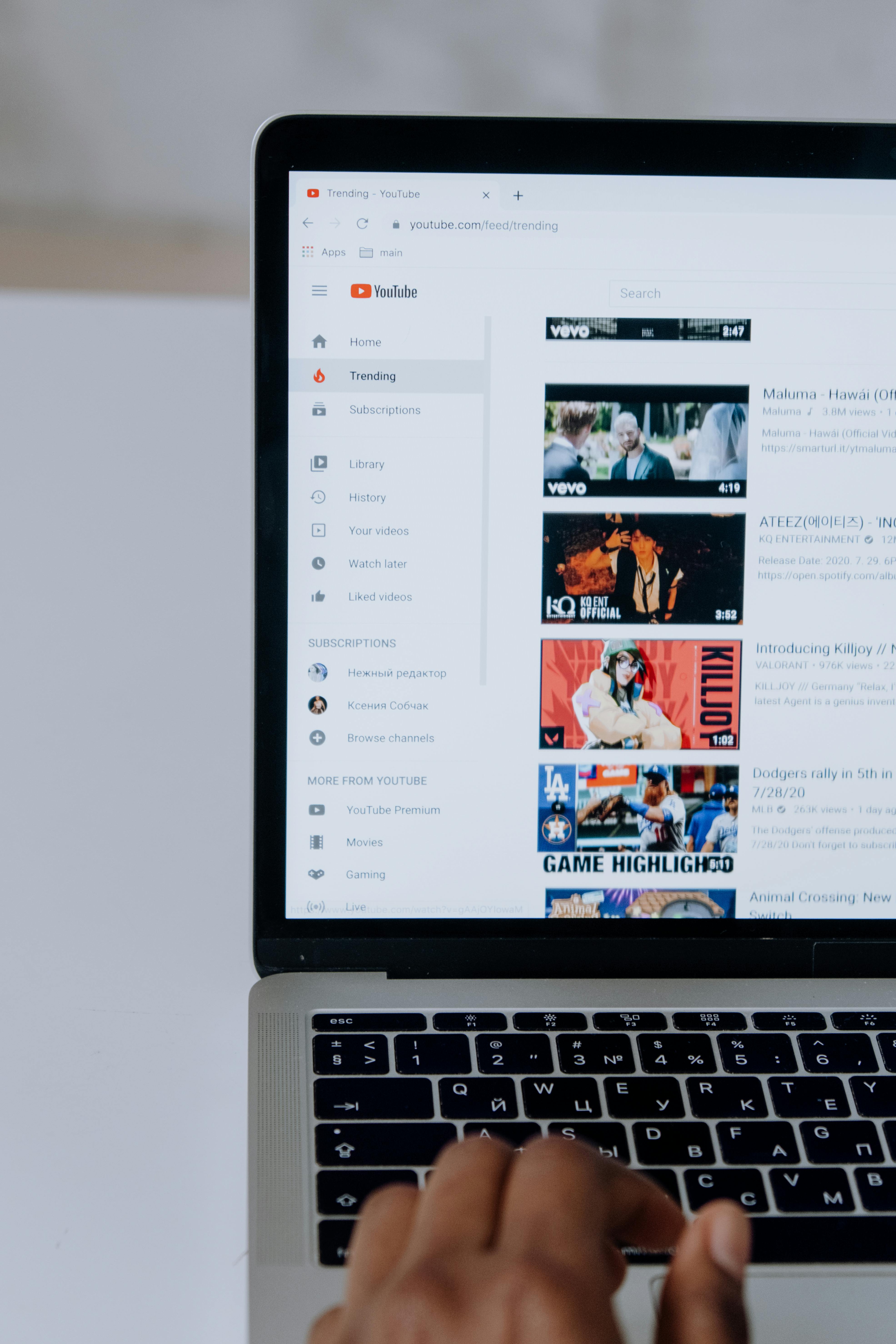Reach vs. Impressions: How Are They Different?

October 27, 2025

Many see reach and impressions as interchangeable. But doing so costs these companies money in actual ROI. Whether you’re having the problem of high reach with no corresponding engagement or you’re dealing with high impressions with zero conversions, the difference in these two metrics must be understood, particularly when you’re working with a lean marketing budget. Insights by Hubspot prove that awareness is just one small step, as reach and impressions are most optimized when paired with engagement measures.
What is Reach?
Reach is the number of unique people who have seen your content at least once. So, each person can only contribute one count to your reach, regardless of how many times they see or view your post. Reach is the total number of people that a post or content can reach. This makes it a brand awareness metric.
Example: 500 unique people saw a post on Facebook. Each person may have seen the post three times each, but reach is still 500, not 1500. This is the crucial difference between reach and impressions.
What are Impressions?
Impressions are the total number of times your content is displayed on any screen, no matter if it’s the same user viewing the same post more than once. So unlike reach, this metric doesn’t count the number of unique individuals that your content has been viewed by, but instead the total number of times a piece of content has been displayed.
Example: If 90 of your followers view a post two to three times each, your reach is 90, but your impressions would be 180–270. The higher the number of impressions, the better optimized your content is for that particular social platform’s algorithm and your chances of being seen on the feed are increased.
The Critical Difference: People vs. Views
Here’s the easy difference: Reach is a count of people, and Impressions is a count of views. Since it’s common for users to see the same content more than once, there are always more impressions than reach.
Because of this, reach and impressions share a relationship that can be useful for understanding how well your content is performing. If your reach is 500 and impressions are 2,000, for example, you can conclude that each user is seeing your content about four times. Tracking the ratio between these two metrics can provide a simple way to measure content quality, as well as the effectiveness of your platform in driving repeat views.
How Different Platforms Count These Metrics
Reach and impressions are defined and calculated a little differently across social networks, so be sure to learn your platform’s lingo before diving into your analytics. You don’t want to miscount your metrics and then base bad strategy decisions or budget purchases on the faulty data. Here’s a quick overview of how six of the biggest social platforms define reach and impressions, to help you better understand your performance on socials.
- Facebook: Reach is broken down into organic (free), paid (ads), and viral (shared by others). Impressions are calculated in the same way. Engagement is measured with likes, comments, shares, and clicks.
- Instagram: Reach is defined as “accounts reached” (unique accounts that have seen your posts or stories at least once), while impressions are the total views (multiple views from same account included). Demographics can be measured by city, country, age, and gender.
- TikTok: Reach shows the total number of unique accounts that have viewed your video at least once (keep in mind that the exact reach on TikTok is not possible, as this is an estimate). Impressions are each time a user watches your video, with multiple views from the same account counting as more impressions.
- LinkedIn: There is no set metric for reach, but you can view the accounts that visit your profile. Impressions are based on the number of times a post has appeared in a user’s feed. Content that receives more engagement from others is more likely to be seen.
- YouTube: This platform defines impressions as the number of thumbnail views that are at least 50 percent on-screen for at least one second or more. The Reach tab gives information on traffic sources and suggested videos, while Impression Click-Through Rate shows how many viewers clicked to watch.
- X (Twitter): There is no reach data, but impressions are each time a user sees a post in their feed, search results, or replies. Reach can be gauged with the help of third-party tools.
When to Prioritize Reach
Reach-oriented tactics are ideal when your objectives are audience growth and brand awareness.
- Emphasize reach for product launches, new market entries, or targeting new demographics.
- In these situations, success is measured by the number of unique individuals reached, even if initial engagement is low.
- Monitor metrics such as reach over time, reach by content type, and month-over-month reach growth rate to gauge performance.
When to Prioritize Impressions
Focus on impressions when you want to ensure your brand sticks in people’s minds and they become familiar through repeated awareness.
- You’ll want to use an impressions based strategy for limited time offers, retargeting, or if you’re reinforcing a brand. You want to ensure your audience sees your message.
- Track the number of impressions per post, how your impressions are growing, and your impression-to-reach ratio.
- When you see a high number of impressions with high engagement that the content is resonating well with your audience.
Real-World Scenarios
Your reach vs. impressions strategy should always be driven by your actual business goal—not the other way around. As each marketing objective has different requirements, they all demand a unique focus on the two key metrics. Applying the same strategy to different business objectives is a surefire way to waste money and cap your results.
Flash Sale Marketing
Your goal is to have your message reach your audience as many times as possible before a deadline expires. Therefore, you need to pump the volume up on impressions. Use retargeting to repeatedly show existing customers your offer in their social media and web browsing. Reach may not grow at all, but impressions should spike sharply.
Long-Term Brand Building
Your growth strategy requires a consistent split of resources for both. So both metrics need to be given similar weight in your strategy. Reach new people, while also maintaining awareness with your existing audience. You should be able to track growing reach month-over-month, as well as a healthy ratio of impressions-to-reach.
New Product Launch
Your goal is to reach as many people as possible in order to announce your new product. Place all your focus on reaching max audience size, be that paid ads or through organic sharing. Your primary success metric is high numbers of reach. Impressions can still be monitored for burnout but aren’t important for this campaign.
How to Set Goals For Both Metrics
Your goals should be tied to business objectives, not random metric targets. Different campaign types have different metric priorities, so focus on what you’re really trying to accomplish. Here’s how to set realistic targets based on your specific business needs:
- Brand Awareness Campaigns: Focus on reach growth, for example, 20 percent growth month-over-month. You want to grow your audience and reach new people.
- Promotional Campaigns: Focus on maintaining high impression frequency. The more times your target sees your message, the less likely they are to miss your limited-time offer.
- Lead Generation: Focus on 3–5 percent or higher engagement rate. Engagement matters when it comes to conversions and measurable action from your audience.
- Track baseline metrics before launching: Measure your starting point before campaigns launch so you can accurately track improvement and attribute results to your efforts.
- Benchmark against your competition: Industry context matters. Compare your performance against competitors in your space to understand whether your numbers are strong or need improvement.
Take a look at our news on Business Essentials

 by Natalia Finnis-Smart
by Natalia Finnis-Smart

 by Shanel Pouatcha
by Shanel Pouatcha

 by Nick Perry
by Nick Perry

 by Natalia Finnis-Smart
by Natalia Finnis-Smart

 by Nick Perry
by Nick Perry

 by Nick Perry
by Nick Perry

 by Shanel Pouatcha
by Shanel Pouatcha

 by Nick Perry
by Nick Perry

 by Nick Perry
by Nick Perry

 by Nick Perry
by Nick Perry

 by Shanel Pouatcha
by Shanel Pouatcha

 by Nick Perry
by Nick Perry